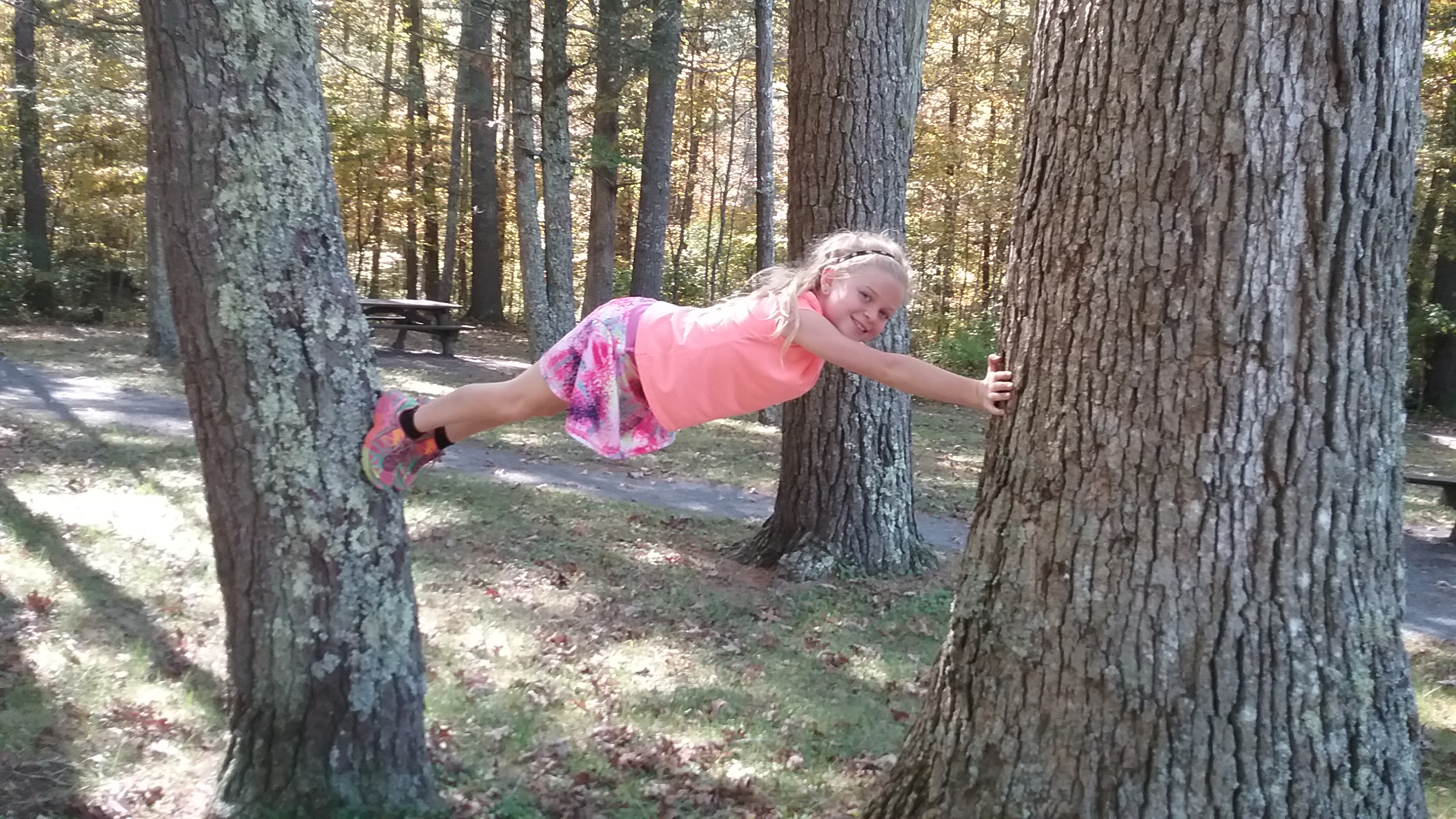Author Stephen Poulson
Racism on Campus: Yearbook Pictures From Prominent Virginia Colleges (1890-1930) – Stephen C. Poulson, Hailey S. McGee, Tyler J. Wolfe, 2020
For this photo essay, the authors discovered thousands of pictures that depict racism published by prominent colleges throughout the state of Virginia. They pre…

Racism on Campus
Recent article in Contexts exploring yearbook pictures published by Virginia colleges from 1890-1939. Published with two former JMU students Hailey McGee and Tyler Wolfe.
https://journals.sagepub.com/doi/full/10.1177/1536504220977937


Levels of combatant control and the patterns of non-incumbent/insurgent violence experienced by civilians living in Sunni–Arab communities in Iraq (2004–2009)
Cooperative Accounts: Avoiding Conflict and Repairing Social Relations
With Timothy J. Carter and Daniel M. Crowley, just published (now online) a nifty study about accounts. It is in Symbolic Interaction and titled, Cooperative Accounts: Avoiding Conflict and Repairing Social Relations.
Click here for the article: Cooperative Accounts: Avoiding Conflict and Repairing Social Relations
Cooperative Accounts: Avoiding Conflict and Repairing Social Relations
With Timothy J. Carter and Daniel M. Crowley, just published (now online) a nifty study about accounts. It is in Symbolic Interaction and titled, Cooperative Accounts: Avoiding Conflict and Repairing Social Relations.
Click here for the article: Cooperative Accounts: Avoiding Conflict and Repairing Social Relations
Sociological Ambivalence
 Merriam-Webster definition of ambivalence
Merriam-Webster definition of ambivalence
-
simultaneous and contradictory attitudes or feelings (as attraction and repulsion) toward an object, person, or action
-
a: continual fluctuation (as between one thing and its opposite) b: uncertainty as to which approach to follow
Sociological Ambivalence (as largely conceived by Robert K Merton)
Ambivalence denotes contrasting commitments and orientations; it refers to simultaneous conflicting feelings toward a person or an object; and it is commonly used to describe and explain the hesitance and uncertainty caused by the juxtaposition between contradictory values, preferences, and expectations. Lay-person use follows intuitive psychological explanations which refer to ambivalence interchangeably with personal hesitation, confusion, indeterminacy, and agitation. In contrast, sociological use suggests that although ambivalence is a bi-polar, subjective experience, its causes are social and hence understandable and predictable. True, most sociological uses of the term maintain its conflictual denotations, but this volatile experience is treated as the result of contrasting social pressures exerted on actors.
From the Blackwell Encyclopedia of Sociology (Online)
Sidney finds a new tree to climb


Violence Against Iraqi Civilians in Ethnic Enclaves: The Yazidis, Turkmen and Assyrians
Looking at the Yazidi ethnic enclave of Sinjar
Patterns of Violence Directed Against Civilians in Small Ethnic Enclaves During War in Iraq 2003-2009 in Research in Social Movements, Conflict and Change, edited by Julie Mazzei, Vol. 41. London, UK: Emerald Publishing Group.



You must be logged in to post a comment.